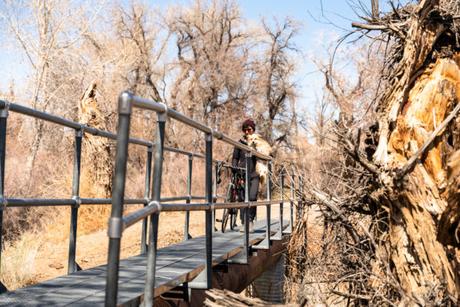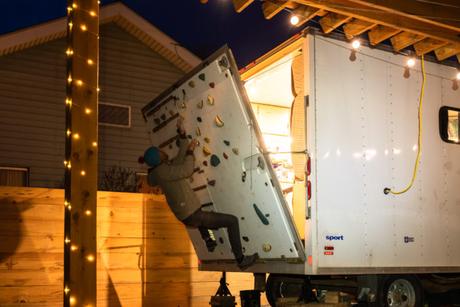Most of us don't know it yet, but society has changed forever. Yesterday, the Imperial College released it's report on COVID-19. The report reveals massive, frightening predictions - but it also underscores the importance of the actions we are taking to prevent the quick spread of this novel virus.
I've been spending the last few days going back to my public health roots and digging deep into the coronavirus. Here are the salient points:
COVID-19 is not the flu. It is most closely related to SARS. Except that it kills more people, but spreads significantly faster. Other names for COVID-19 that you might see: novel coronavirus, coronavirus 2, SARS-CoV-2, HCoV-19.
If we treat it like the flu, or go about business as usual: 80% of Americans would get the disease and an estimated 4 million will die. In a span of 3 months.
We [the world] have failed to contain the virus so we have two options: mitigation and suppression. Mitigation = isolating all symptomatic cases in the US, quarantine families of those cases, plus social distancing for those over 70. Suppression = isolate symptomatic cases and quarantine their family members, social distancing for the whole population, all public gatherings and places of gathering close, majority of workplaces shut down, schools and universities close.
Unfortunately, mitigation is not enough. We will still overwhelm our hospitals (specifically respirator supply) and the death toll will be around 2 million [population of Houston, two Civil Wars, 1/3 of Holocaust. 45 million deaths worldwide.]. So what's the good news?

But there's a catch: if we relax suppression before a vaccine is administered to the entire population, the virus comes back and kills millions of Americans in a matter of months.
We should have a vaccine in 18 months, if all goes as planned, and until then - we cannot allow the virus to spread.
Silver lining? If we all work together and successfully socially distance and suppress the spread, it is likely we can lift restrictions for a month - followed by 2 more months of suppression. This is likely to be our repeating pattern until there is a vaccine.
Since this is a novel virus, we are still learning new information about it everyday. Like I mentioned, it's mostly closely genetically-related to SARS, but it spreads significantly faster. Emerging evidence suggests that is is spreading via asymptomatic or per-symptomatic folks. A new study from the New England Journal of Medicine tested the stability of the virus, and it's important to know how long it can last on surfaces: up to 3 days. This is another reason for why we need to follow the suppression strategy (versus mitigation). [Of note, they tested plastic, stainless steel, cardboard and copper. Personally, I wish they had also tested fabric and dog hair, but I made the decision to not go into research many years ago.]
We still have yet to institute widespread testing (which differs from South Korea's approach, read about it here or here), so we actually don't even know where in the US the virus is at this point in time. This is another reason to self-quarantine: so that we can slow the spread and be able to catch up. The coronavirus is more widespread - and if we socially distance appropriately - we'll be able to have a better grasp on the numbers in a couple weeks. There will be a lot more to deal with in the coming months - including how to bolster the people who will lose the most during this time, such as isolated elders or small businesses - but first, we must all accept the reality of where we are at.
So, why do I call this an Invisible War? If suppression works, it will feel like almost nothing is happening because infection rates will remain low. There will be no visible reward system. And it's going to be really difficult to take this seriously. My plan is to keep checking the authorities we can trust for the most up-to-date information to keep myself aware of what's happening outside of my small bubble. Here are the sites I use:
Johns Hopkins: each of the links go to a different (and equally valuable) Hopkins website related to coronavirus. I like to read their daily situational reports and the interactive world map of the outbreaks actually pretty cool.
CDC: where to go for testing information and updates. This site is updated on a near-daily basis.
NIH: stay up to date with the ongoing research.
Stay separate. Stay healthy. Protect each other.


